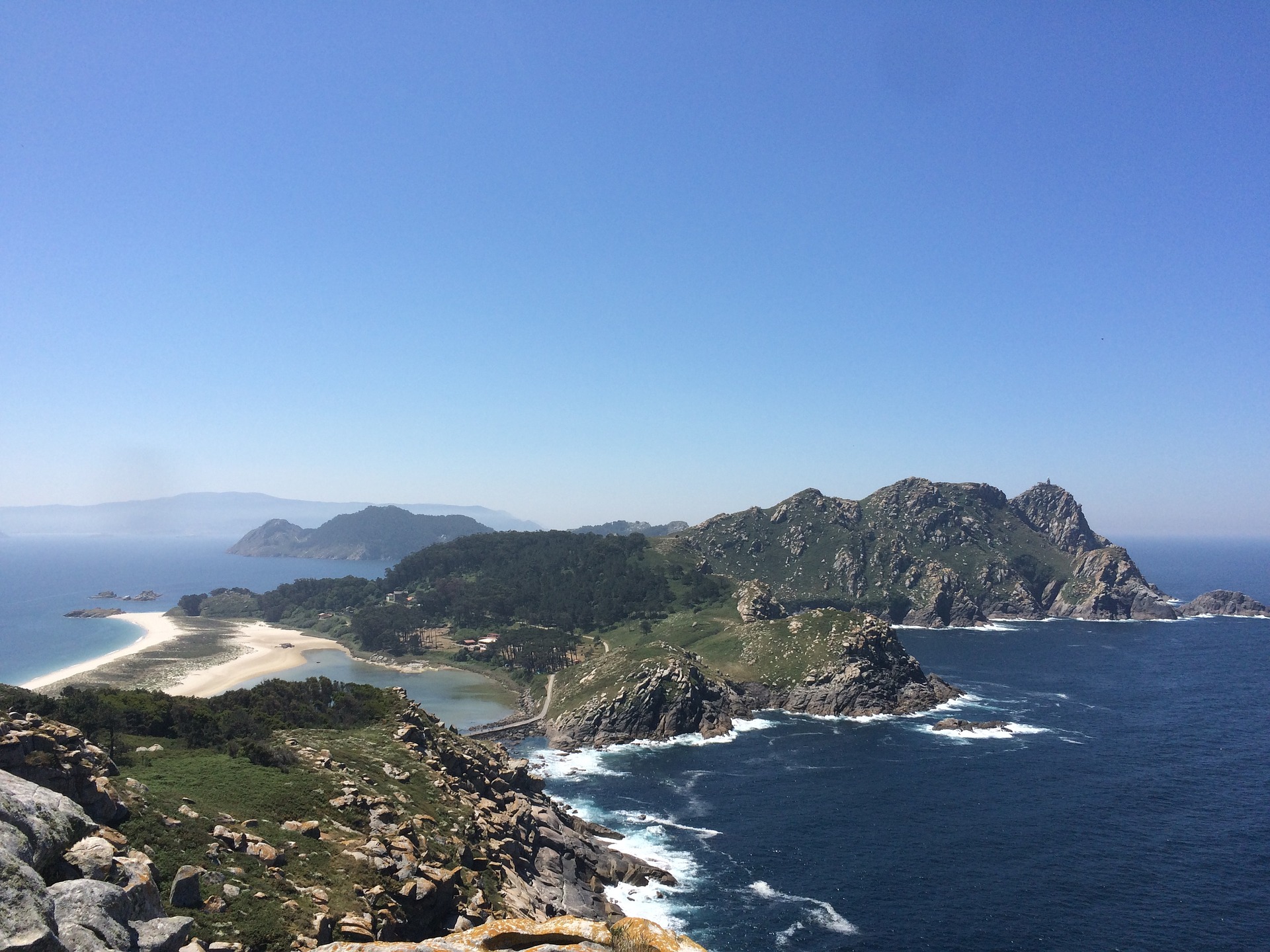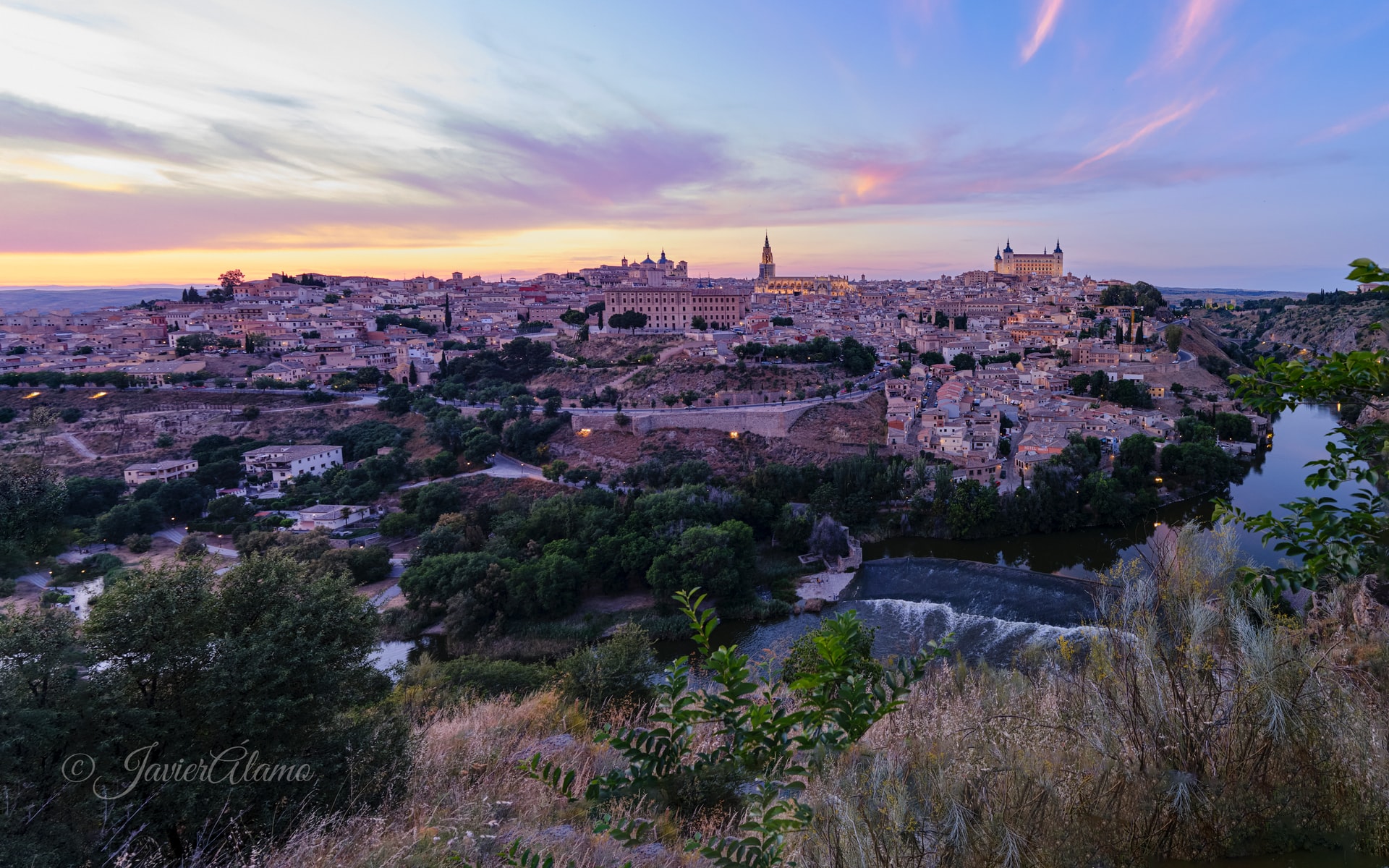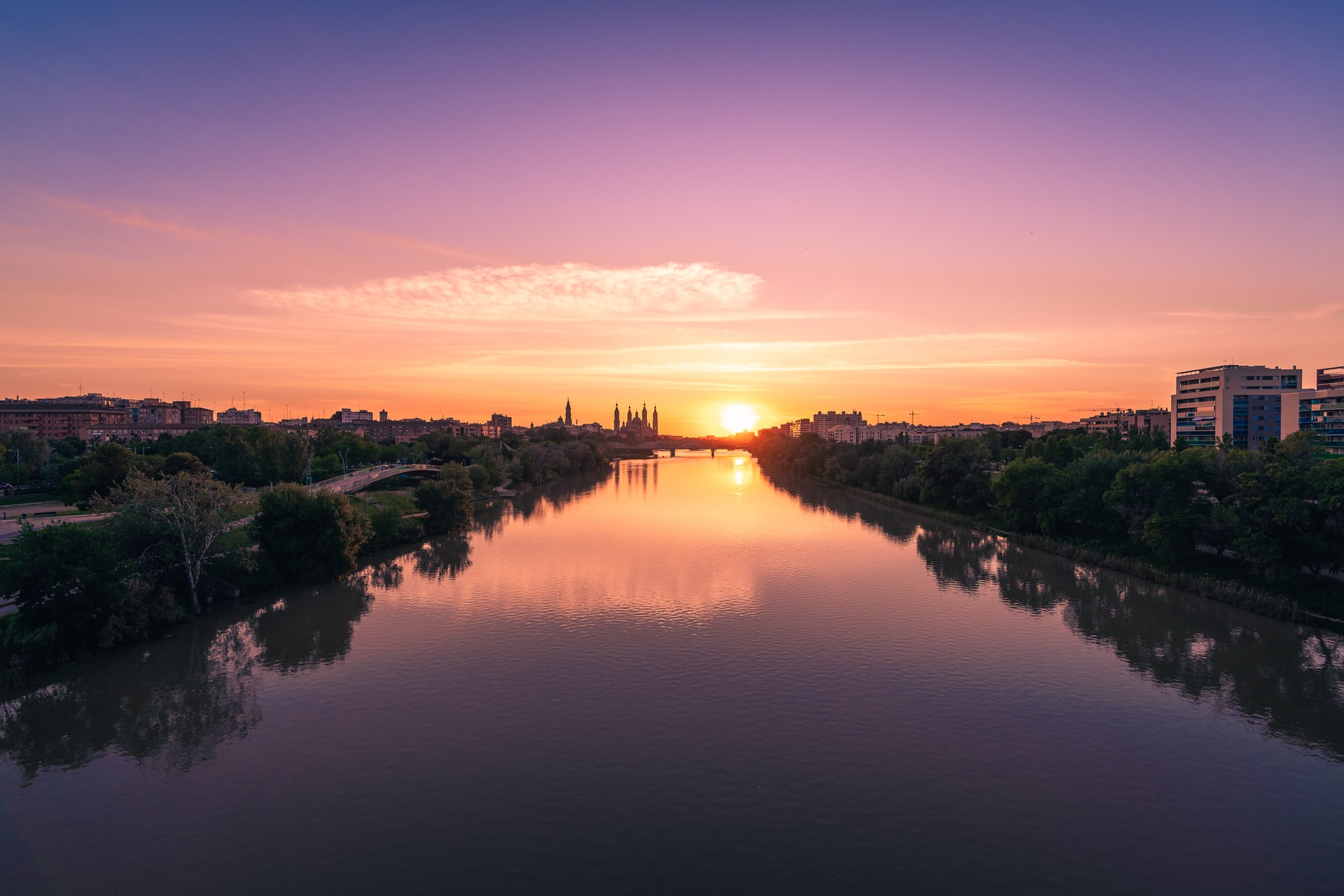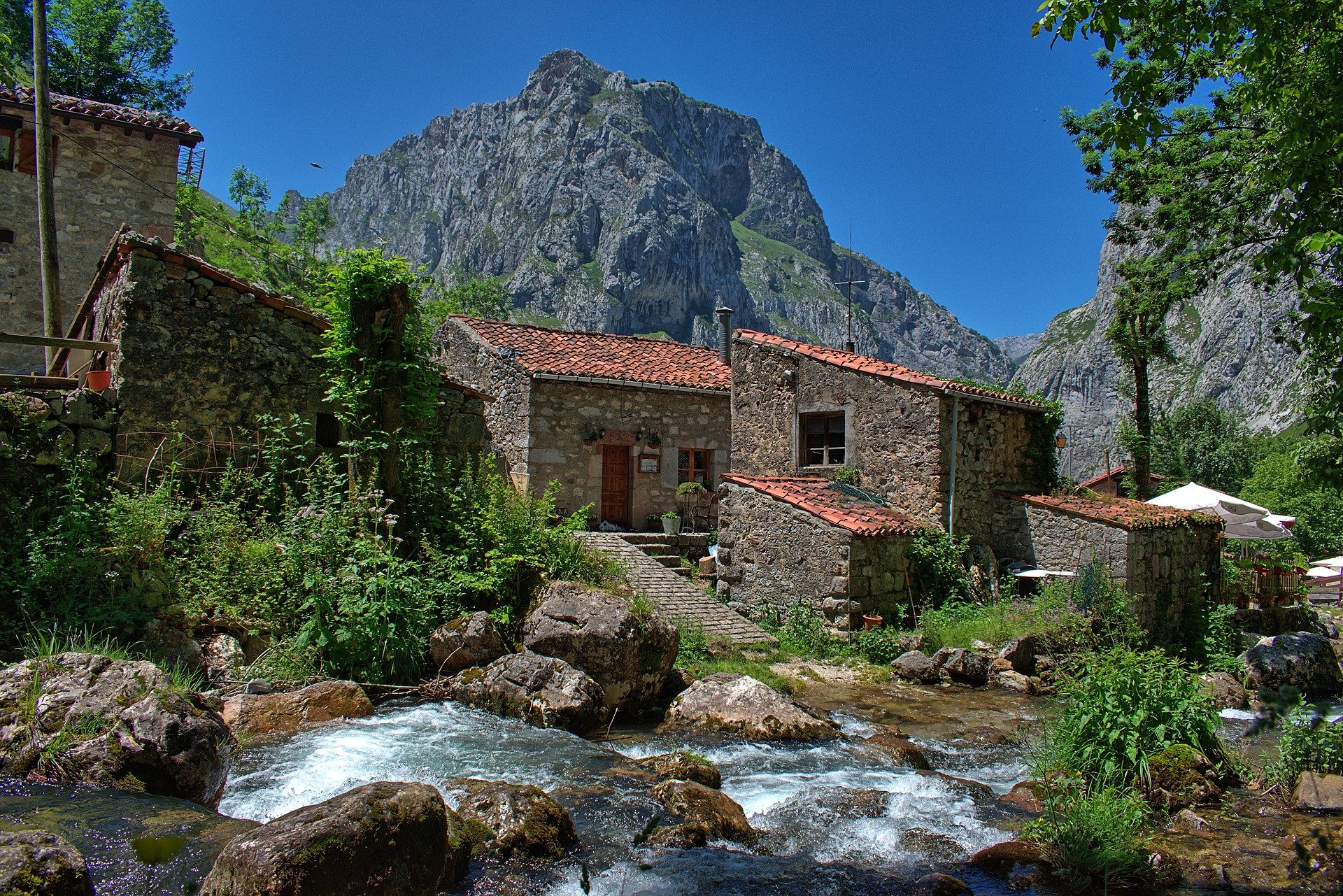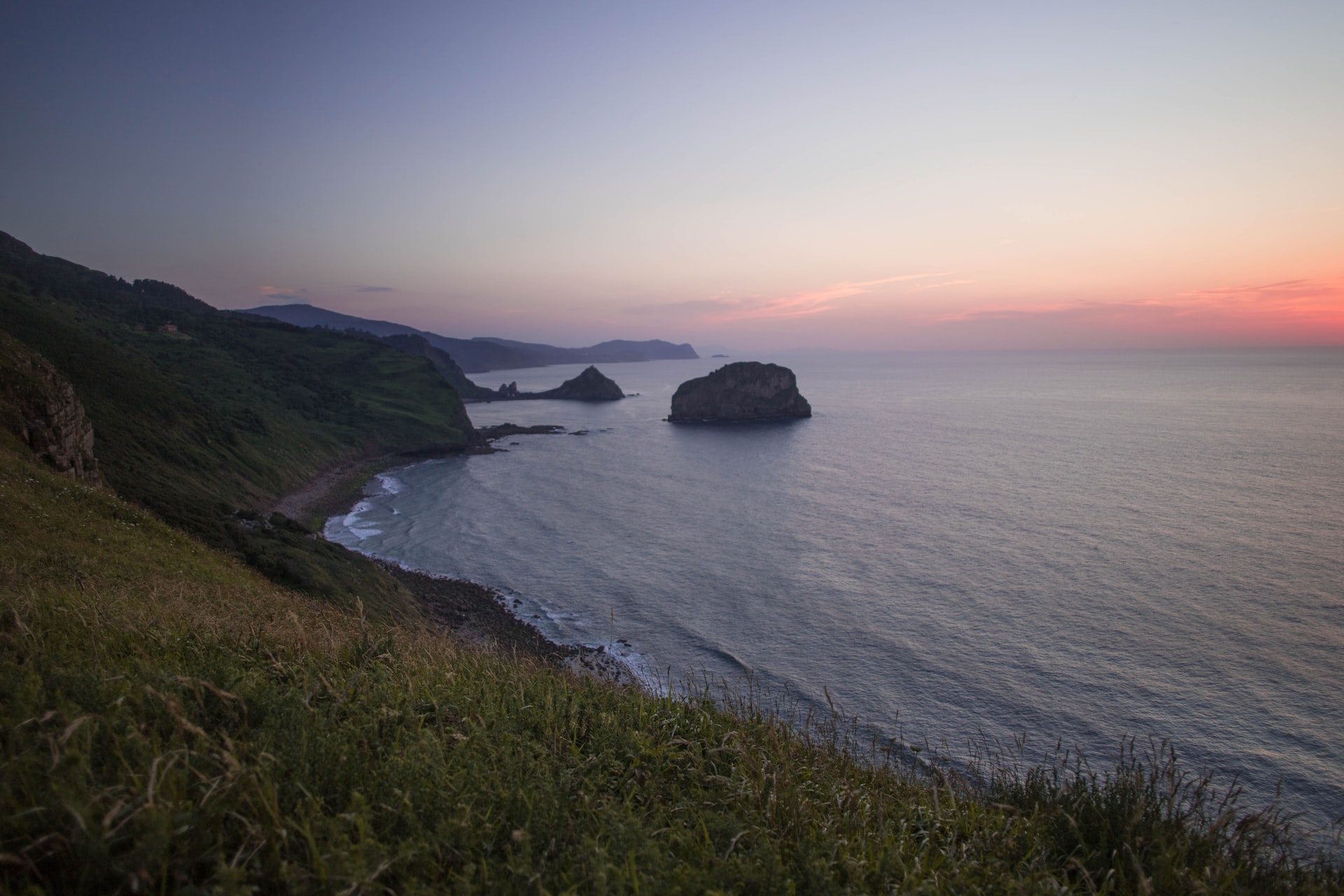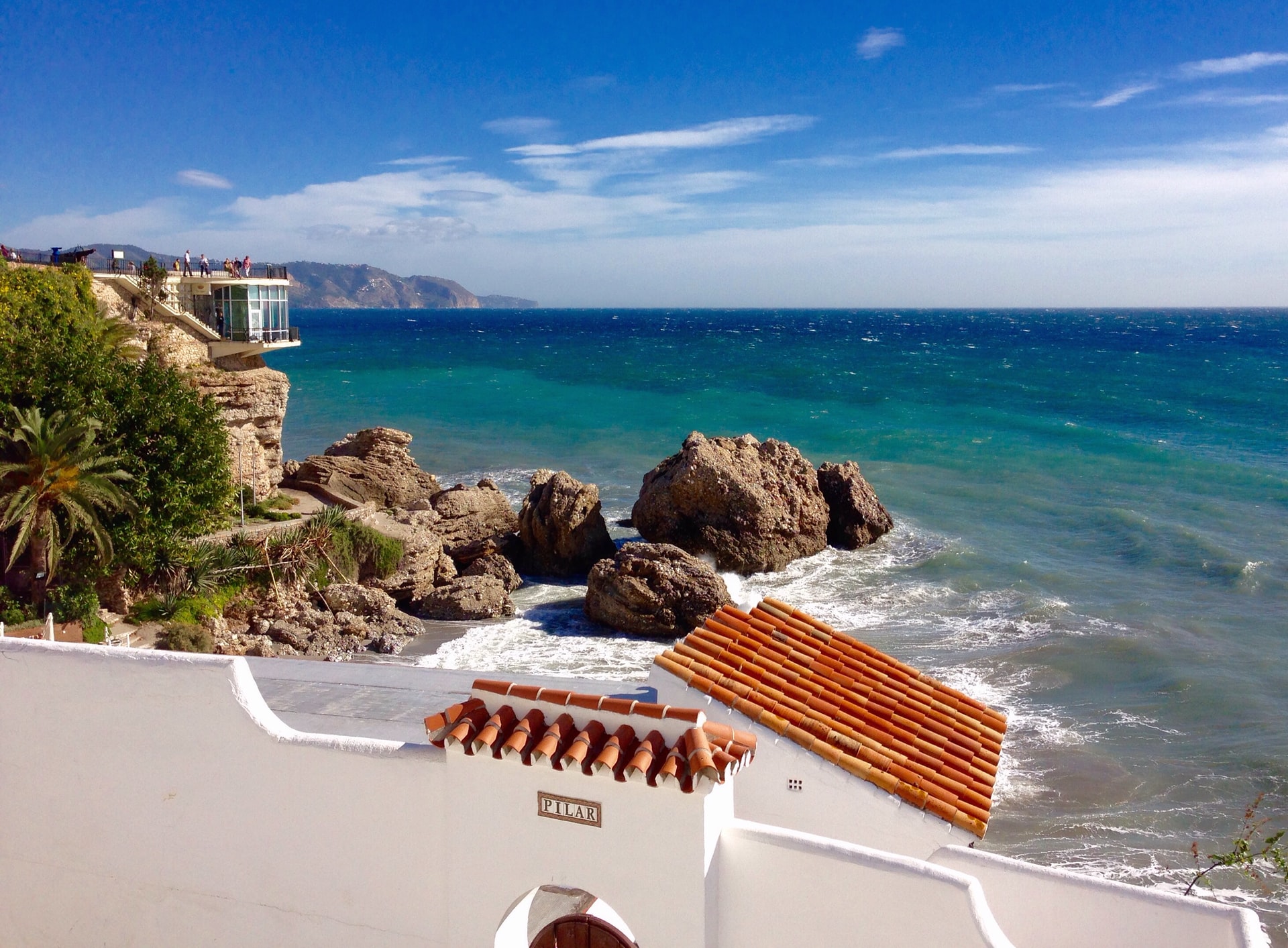
Official UK partner to the Paradors, Pousadas, Pestana Hotels & Resorts, Les Collectionneurs (Chateaux), and European Hotels Collection. Keytours International, formerly Keytel International, your agent in the UK.
Exploring The Basque Country
Lorna Roberts is undoubtedly a Parador expert having explored every nook and cranny of Spain and visiting almost all of the Paradors throughout her experience as their Irish Agent and leading numerous escorted tours across Spain using these wonderful hotels.
Here she shares her knowledge of the wonderful Basque Country and its Paradors:
THE BASQUE COUNTRY or PAIS VASCO consists of 3 very different provinces: GUIPUZCOA, with its capital SAN SEBASTIAN, borders the Cantabrian Sea, the Pyrenees and the French border, BIZKAIA, with its capital BILBAO is also on the Cantabrian Sea, and ÁLAVA, with its capital VITORIA-GASTEIZ, an inland province in the south of the region. In recent years the Basque language has been revived so the region is bi-lingual with most people speaking both Spanish and Basque, and most signposts are in both languages. Basque is also spoken across the border in France and in the North Western area of neighbouring Navarra where some of the people consider themselves to be part of the Basque region.
Biscay Provence
BIZKAIA or BISCAY is the province which borders Cantabria to the West, the Basque province of Guipuzcoa to the East and has mountain ranges and nature reserves in the south. The city of BILBAO is the capital of the province. Although formerly a heavily industrialised city without much to attract visitors, the centre has now been transformed to become one of the most visited cities with the Guggenheim Museum attracting thousands of tourists every year. The River Nervion flows through the city centre and out into the Bay of Biscay. The riverfront has been reconstructed to become an architectural wonder with attractive buildings, old and new, a modern tram system, and a series of stylish bridges crossing the river between the Town Hall and the port. The old town has also been restored with many restaurants, and bars serving pintxos (the local version of tapas) in the small streets and in the Plaza Nueva. The city has many museums and art galleries close to Santiago Cathedral, one of the stopping places on the coastal Camino de Santiago. A funicular connects the city to the church of Our Lady of Begonia, on a hill with views of the city. The coast west of Bilbao is an industrial area around the port of Santurxi, where Brittany Ferries arrive from the UK. In contrast on the other side the coast road to San Sebastian runs through a series of attractive beaches and fishing ports at Getxo, Plentzia, Bakio, Bermeo, Mundaka (a surfing beach), Lekeitzo and Ondarroa. The road also passes a tiny chapel on a remote headland – a former hermitage of the Knights Templar at San Juan de Gaztelugatxe. Inland the province rises to the hills that separate it from the province of Alava with dramatic gorges and nature reserves.
Guipuzcoa Costal Province
GUIPUZCOA is a coastal province stretching from the Bidasoa estuary separating France and Spain at the western end of the Pyrenees to the province of Biskaia. Its capital SAN SEBATIAN – DONOSTIA is one of Spain’s most gracious cities lying between two hills Monte Igeldo and Monte Urgell from both of which are panoramic views of the three beaches. The playas of Ondarreta, La Concha and Zurriola make this city one of Spain’s most popular and stylish holiday destinations without the tourist trappings of the Costas. Between the Urumea River and La Concha beach is the old town and fishing port, a most attractive area with an aquarium and restaurants serving some of the best seafood in the city giving San Sebastian its reputation as the gastronomic capital of Spain. Bars serving pintxos (the local version of tapas) can be found in the narrow streets and in the Plaza de la Constitución in the centre of the old quarter. Three bridges cross the river alongside which are some of the city’s most famous buildings, including the Kursaal Palace which hosts the annual International Film Festival. The city hall, gardens, villas and palaces line the seafront, and the Miramar Palace overlooks La Concha beach. Close by is the Cathedral, the shopping areas and hotels.
West of the city are small coastal resorts and fishing ports at Zarautz, Getaria, Deba and Mutrika, and in an easterly direction from the commercial port at Pasaia a spectacular coast road rises to the mountain of Jaizkibel with views of the Spanish and French coastline. Another fine viewpoint is at the Hermitage of Our Lady of Guadalupe, a tiny chapel dedicated to fishermen. A winding road drops down to sea level at the lovely coastal town of Hondarribia at the mouth of the Bidasoa River, a Basque town which has so much to offer with a sandy beach, a small port, interesting architecture, some of best restaurants in Spain and at the top of the town one of the finest Paradors. Inland Guipuzcoa borders Navarra in the East and the province of Alava in the South with small roads rising to the foothills of the Pyrenees to pretty mountain villages such as Bergara, Onati, Urretxu, Azkoitia, Azpeitia and Tolosa, the former capital of the province.
Paradors nearby:
The PARADOR DE HONDARRIBIA is the restored 10th century castle of Carlos V. Built around the central cloister and with spectacular views of the French coastline and mountains this is one of the most popular Paradors. From Hondarribia there is a ferry across the estuary to Hendaye in France, and a few miles inland a rack railway climbs the mountain of La Rhune to the peak at 905 metres which forms the border between the two countries. There is a first-class golf course a few kilometres from Hondarribia “Real Golf Club de San Sebastian”, the home of Jose Maria Olazabel. The COASTAL CAMINO DE SANTIAGO enters the region across the Bidasoa estuary at Hondarribia and then follows the coast through Cantabria, Asturias and Galicia and eventually reaches Santiago de Compostela.
Alava Province
ÁLAVA is one of the truly beautiful inland provinces in Spain as there is so much variety. Eucalyptus groves and pines cover the mountains which rise to 1546 metres from where rivers flow through deep gorges to join the River Ebro in the south of the province. The fertile land around the Ebro produces a variety of crops and is also known as Rioja Alavesa as there are many vineyards taking advantage of the microclimate in the valley. Large areas of the province are protected as natural parks and nature reserves.
Victoria - Gasteiz Province
VITORIA – GASTEIZ is the capital of Álava and of the whole region as it is the home of the Basque parliament. The city was founded by King Sancho VI in the 12th century. The old walled city has many palaces, churches, and two Cathedrals – vieja and nueva (old and new), and the modern city has now grown up outside the walls. In the centre of the Plaza de la Virgen Blanca is a monument to the Battle of Vitoria in memory of the city’s victory over the French in 1813. Apart from the dramatic scenery in all the nature reserves, the Natural Park of Valderejo has evidence of pre-historic settlements, Megalithic monuments and the remains of a Roman road as well as an abudance of wildlife including eagles, wild boar and wild cats.
The PARADOR DE ARGÓMANIZ is 12 Km from Vitoria – Gasteiz in a former palace where Napoleon stayed before attacking Vitoria. It has recently been refurbished to return to its former glory in a remote position in the plains of Álava, 70 Km from Bilbao, so a convenient stopping place (the meaning of the word Parador) at the beginning or end of a holiday if travelling from Bilbao airport or ferry port. There are 3 golf courses close to the Parador.
If you are interested in escorted tours to the Paradors, please contact us. Lorna can tell you virtually everything there is to know about the Paradors of Spain, and she will be very happy to arrange all your booking requirements.

